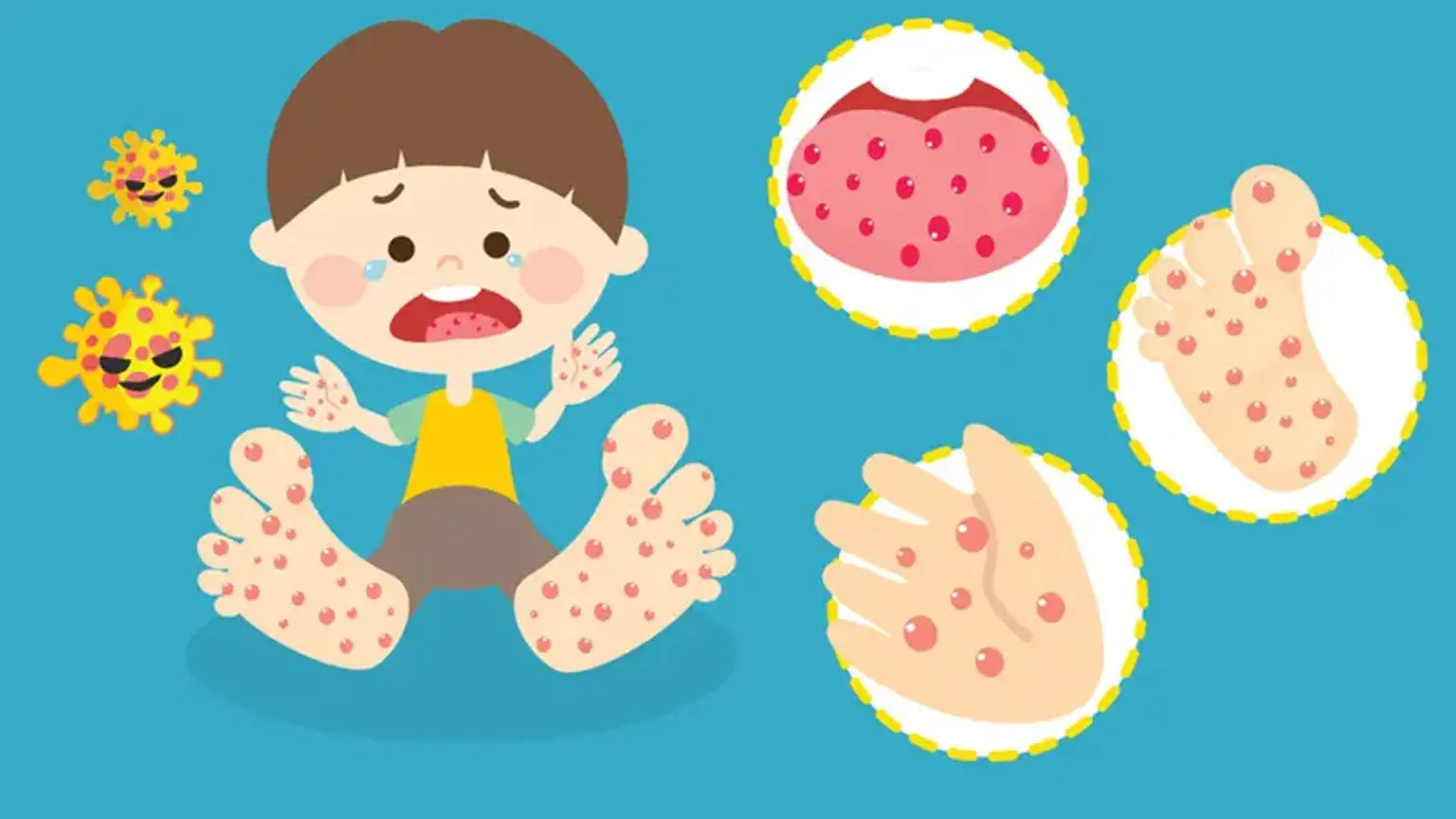Introduction
Hand, Foot, and Mouth Disease (HFMD) is a common viral illness that primarily affects children under the age of 5. The disease is caused by a group of viruses, most commonly the Enterovirus, specifically Coxsackievirus A16. It typically manifests with fever, sores in the mouth, and a rash on the hands and feet, which is where the disease gets its name.
While HFMD is generally mild, it is highly contagious and can spread rapidly in daycare centers, schools, and family settings. In countries like South Korea, outbreaks are not uncommon, especially during the warmer months when the virus tends to circulate more widely. Understanding the symptoms, causes, treatment options, and preventive measures is crucial for managing HFMD effectively and minimizing its spread.
The Symptoms of Hand, Foot, and Mouth Disease
HFMD symptoms can vary, but they typically begin with a fever, followed by the development of sores in the mouth and a rash that appears on the hands, feet, and sometimes other parts of the body. In young children, the symptoms can be particularly uncomfortable but are usually not severe.
HFMD Rash: One of the hallmarks of HFMD is a rash, which starts as small red spots that may turn into fluid-filled blisters. The rash often appears on the palms of the hands, soles of the feet, and sometimes on the buttocks or legs. It is typically not itchy but can cause discomfort due to the blisters.
Sores in the Mouth: Painful sores often develop inside the mouth, including on the tongue, gums, and inner cheeks. This can make eating and drinking difficult for children, leading to dehydration in some cases.
In addition to the rash and sores, children may experience other symptoms like irritability, a sore throat, and a reduced appetite. Some may also develop mild diarrhea or a runny nose.
While adults can also contract HFMD, it tends to affect them less severely, and the symptoms are often milder than in children.
